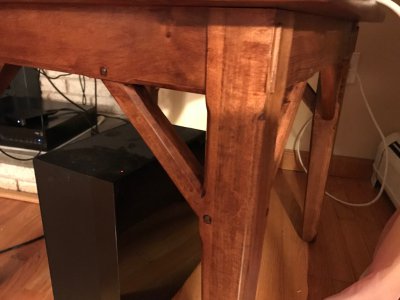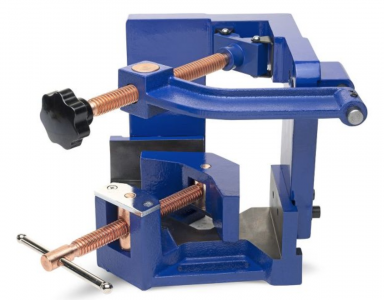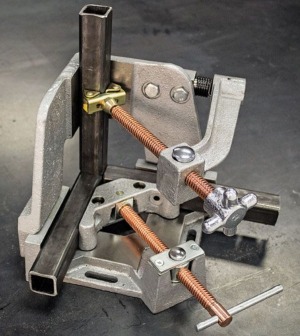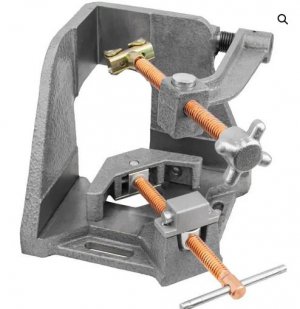- Joined
- Sep 14, 2014
- Messages
- 436
My bad, I was thinking the supports are 2X in, square.
Yes, shaping the shelves and the final edge banding is where we really add some value to this project. Normally, we would build the whole damn thing out of laminated hardwoods, but the [repeat] customer wants a wood/metal rack for his incredibly expensive gear...I guess that it will help him sleep better at night...but, regardless, he's paying the freight, so there you go.
This is also a nice idea, but it's the "tightening" part of this design that has me scratching my mellon a bit. Does the "access" you mentioned mean a hole in the horizontal/lateral members that will accommodate a wrench? If so, all of the hardware involved in the structural fastening of the rack would have to be fairly small, no? The horizontals in the working design are only 1" x 1" OD.
I really appreciate everyone putting their ideas into words for us.
EDIT: We have a supplier in Ohio who would love to supply us with a bunch of fairly heavy duty polyethylene "plugs" that would fit tightly into the ends of the 1" x 1" square horizontal members. An enhancement to this idea might be to employ longer pieces of all-thread to effectively reduce the number of structural connections. The "plugs" I just described could be bored very accurately, via a centering jig and the mag drill, and used to keep the all-thread centered and, more importantly, well away from the inner edges of the horizontal members.


 Yes, I was taught a variation of square rule joinery back on the farm and I've continued the practice, on and off, ever since. I even studied a bit of it when I was in Europe, so I've seen many different connection methods. With our trestle table design, the front horizontal supports pass through the legs and small trunnions are employed to fasten the corner braces to the legs and the horizontal supports. There are zero metal connections employed, so it is traditional timber framing on a smaller scale.
Yes, I was taught a variation of square rule joinery back on the farm and I've continued the practice, on and off, ever since. I even studied a bit of it when I was in Europe, so I've seen many different connection methods. With our trestle table design, the front horizontal supports pass through the legs and small trunnions are employed to fasten the corner braces to the legs and the horizontal supports. There are zero metal connections employed, so it is traditional timber framing on a smaller scale.



